
Postmenopausal bleeding
Bleeding after the menopause
An educational
initiative
supported by

Written by experienced doctors, midwives and other medical professionals – and approved by a specialist Editorial Board
Enhancing the Welfare of Women
Expert Health Information for Women
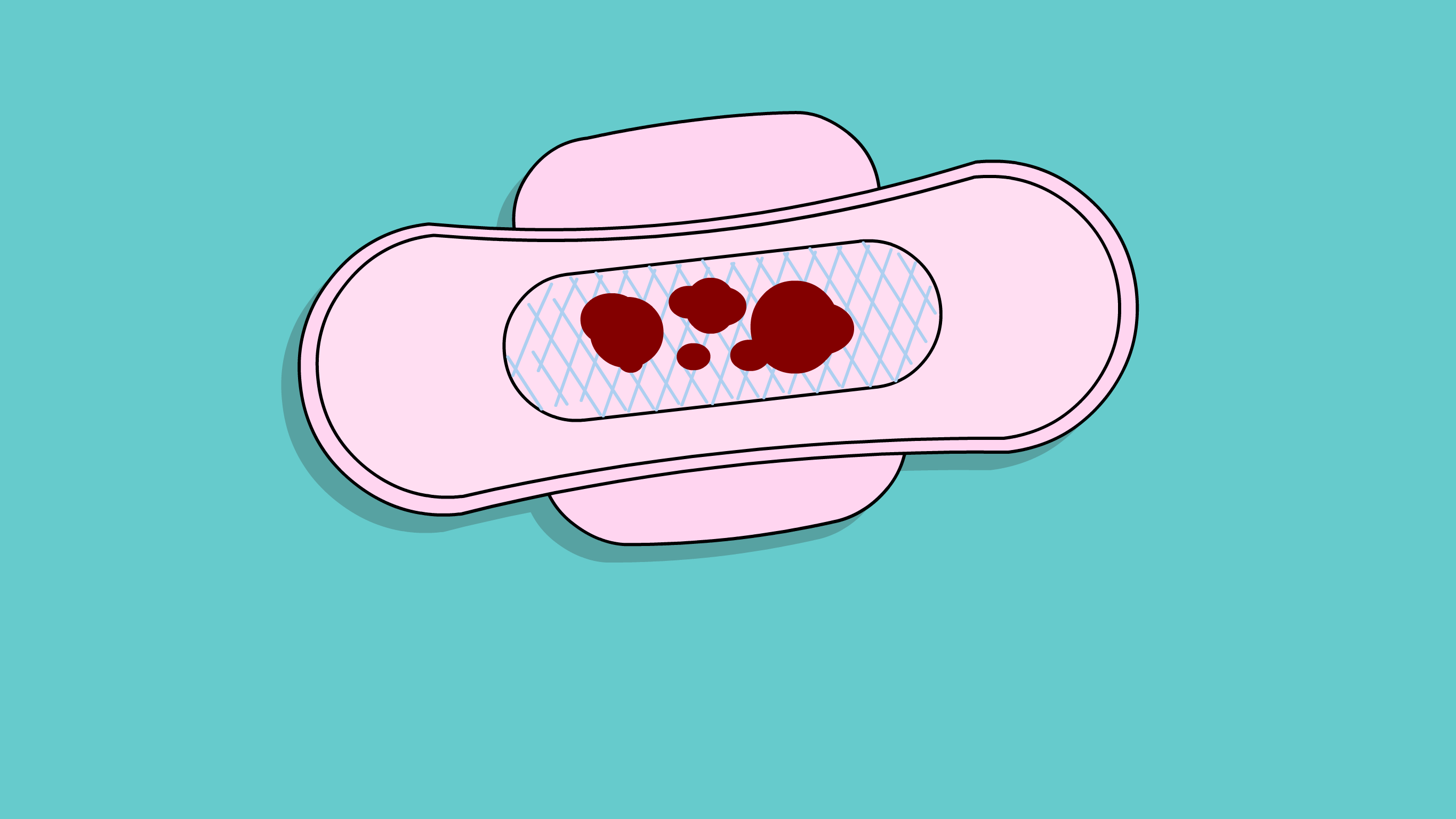





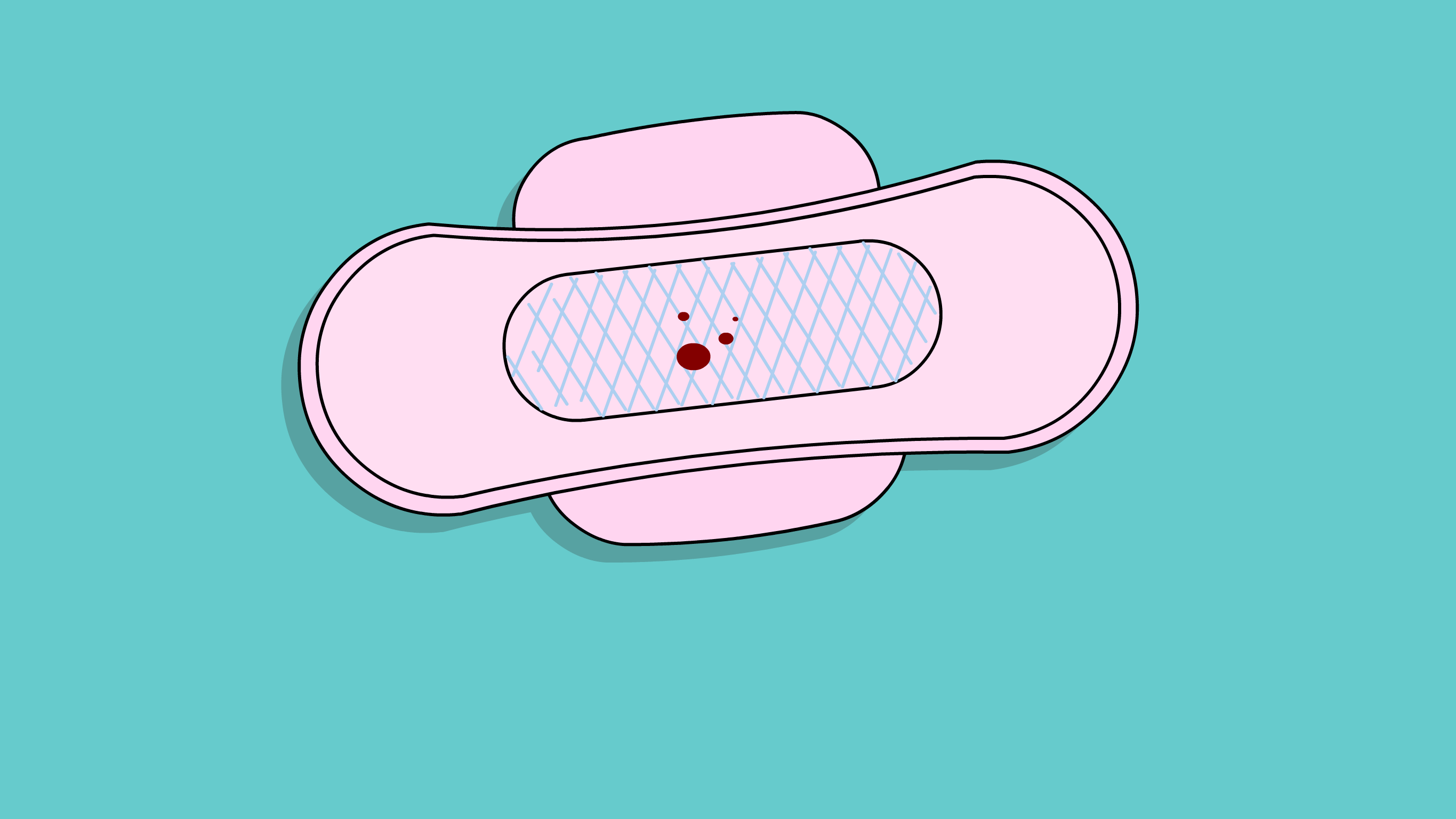

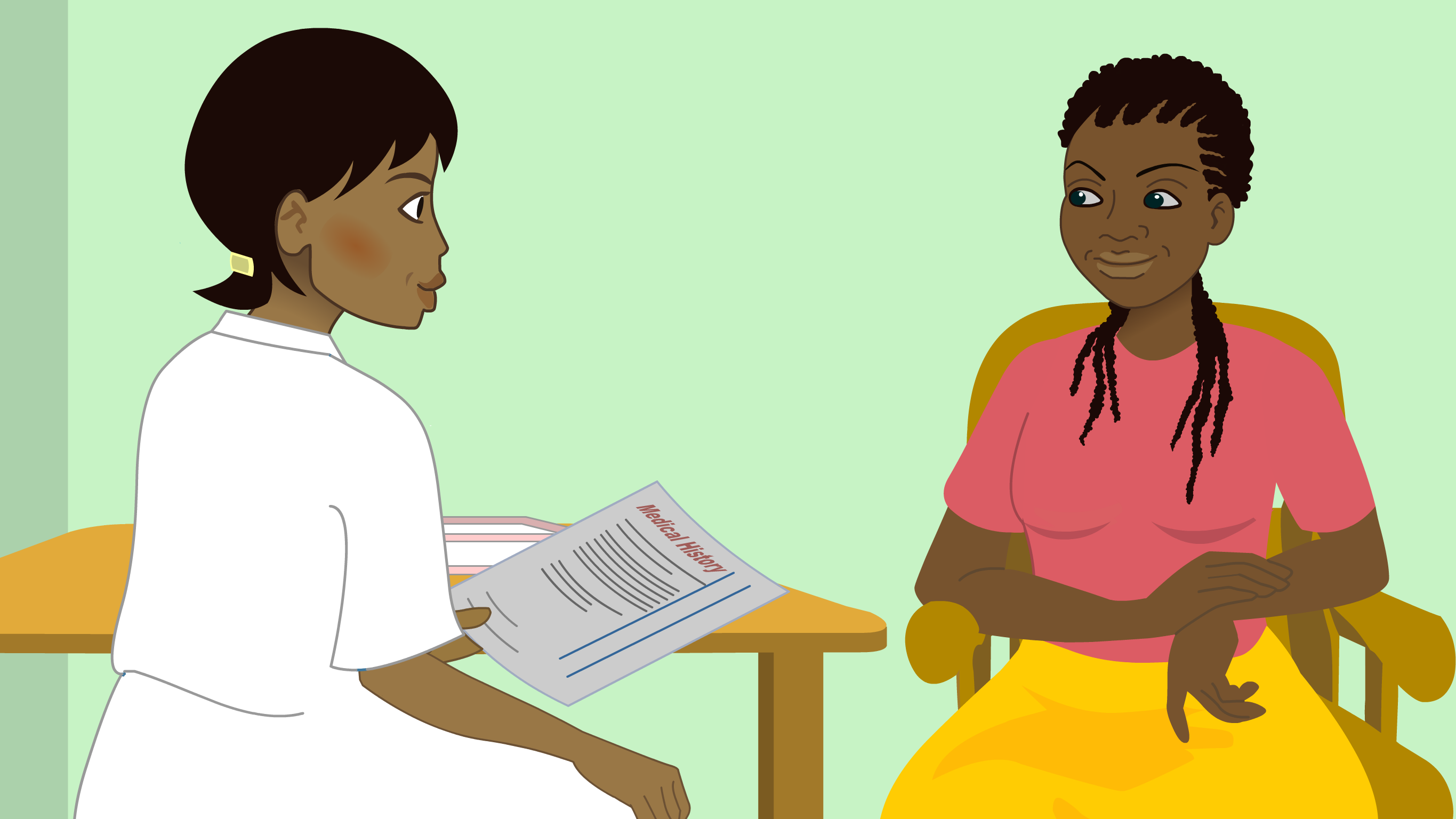


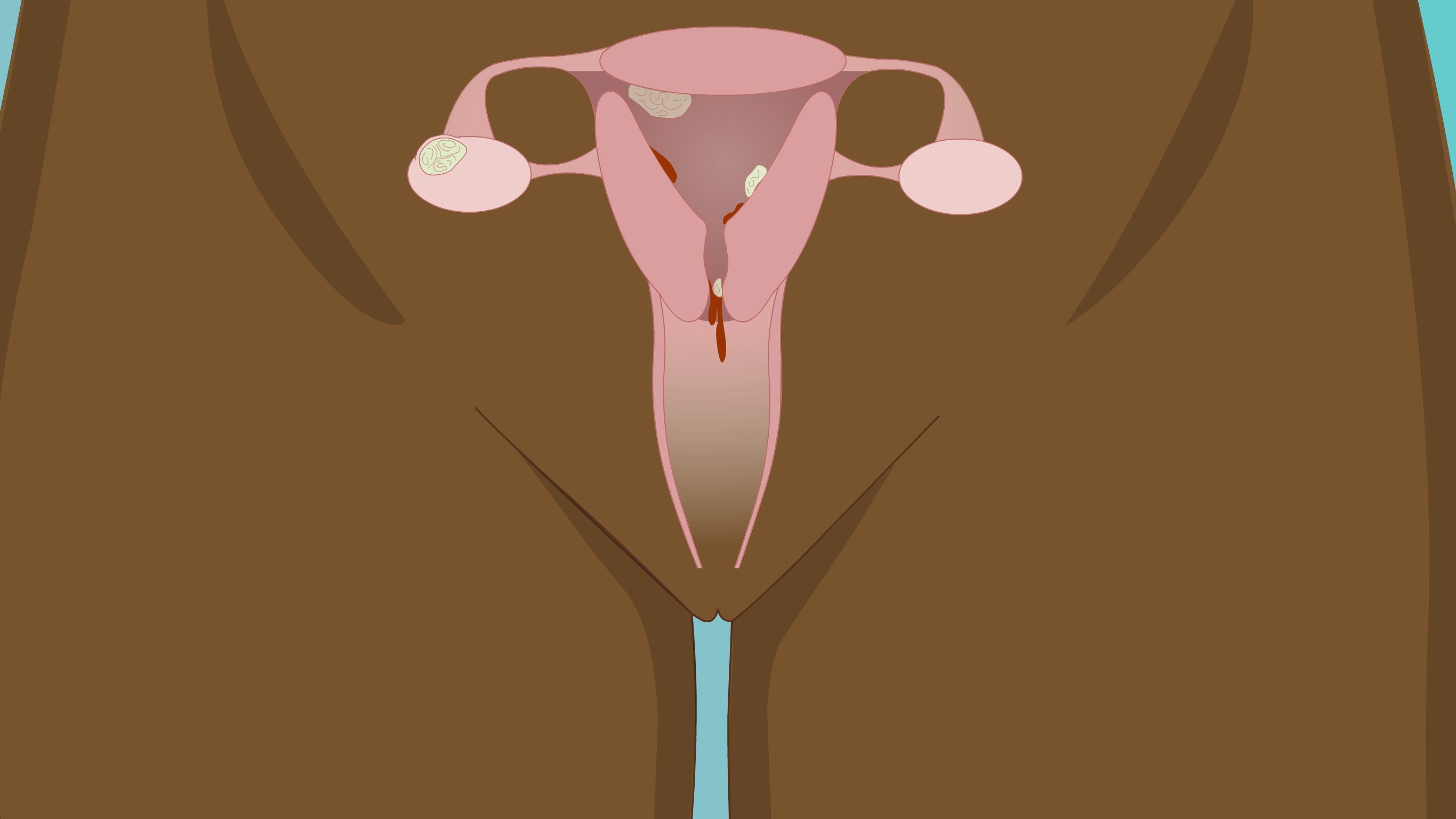







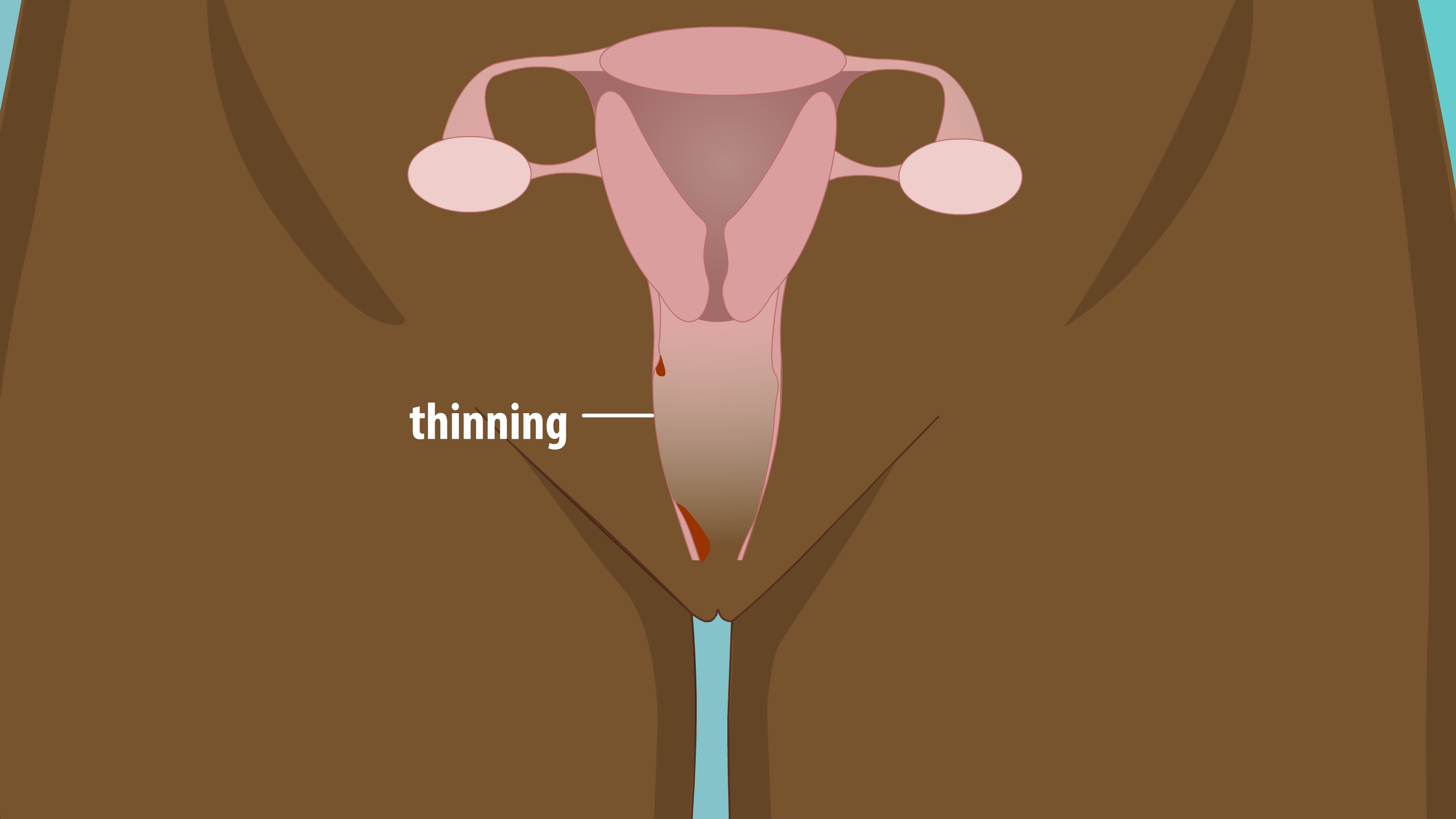

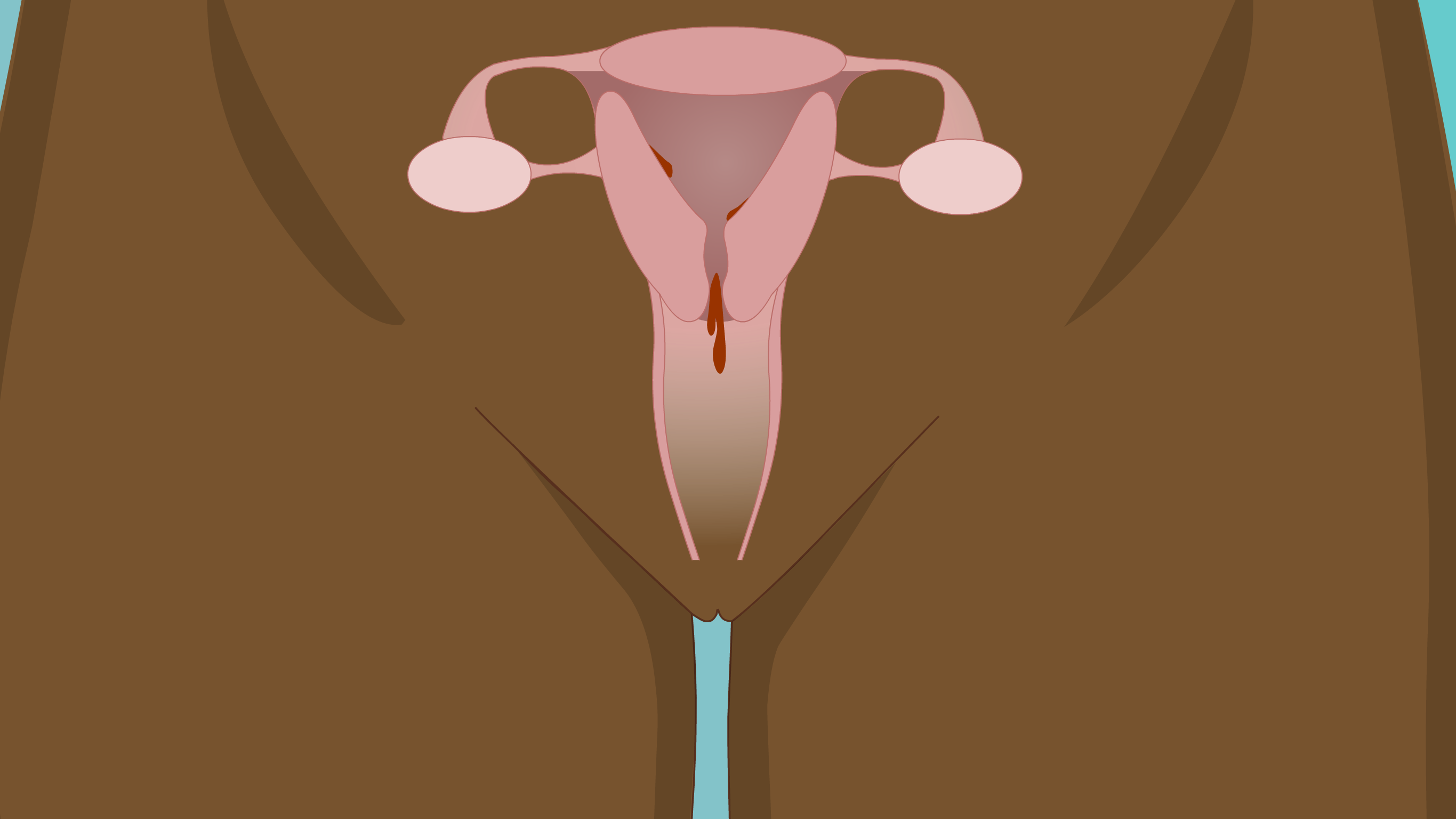







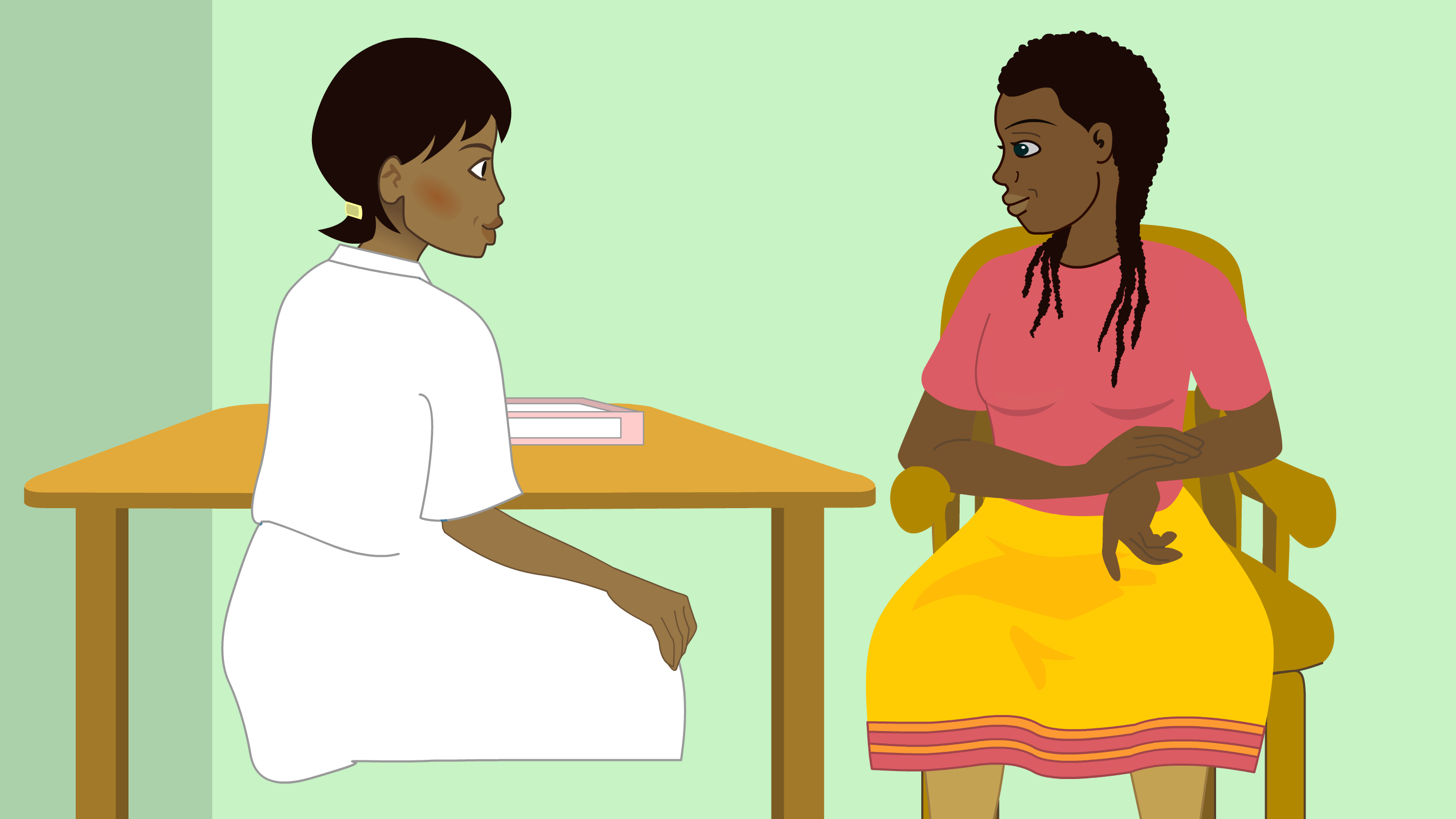

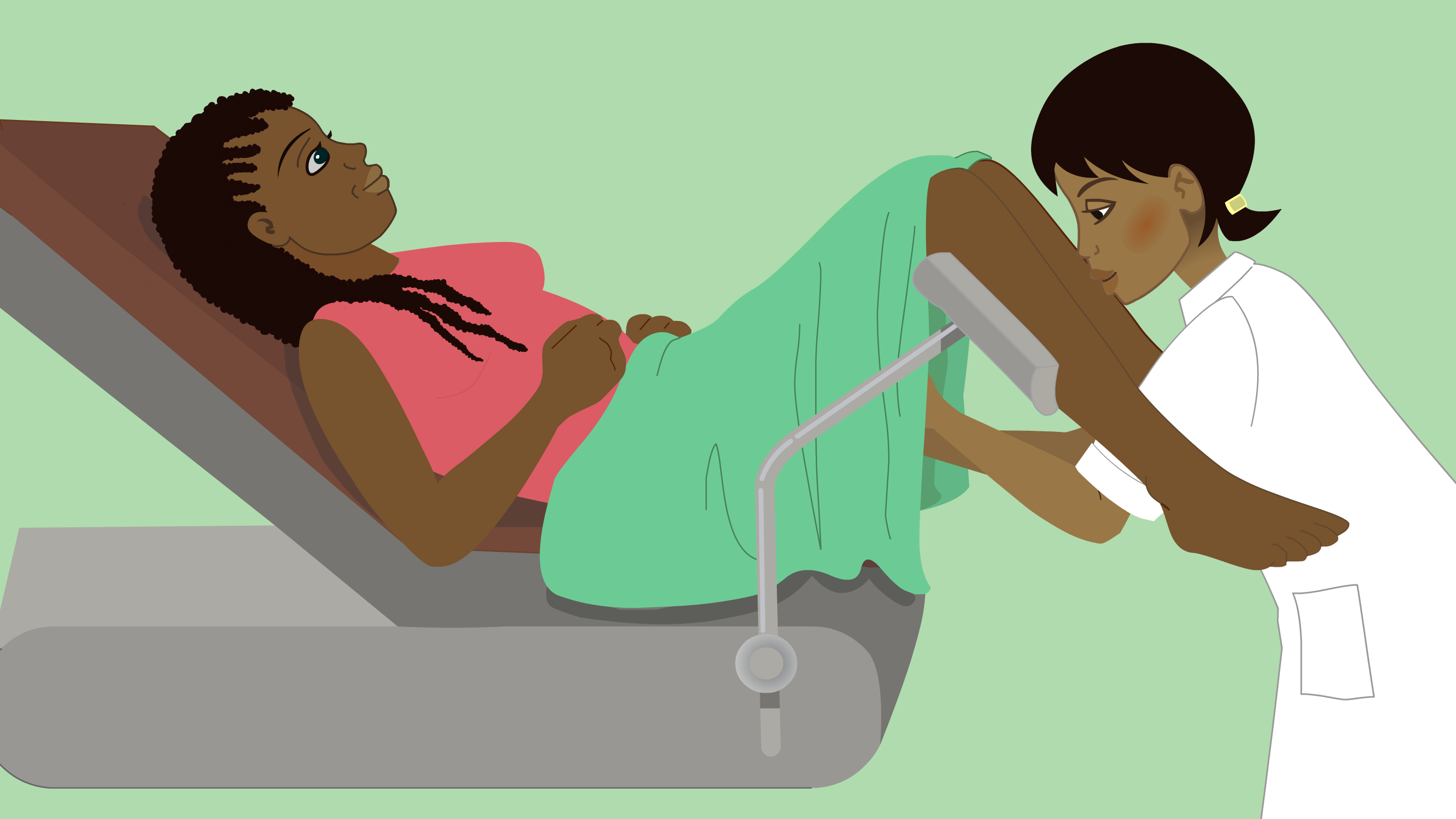









The author of this POSTMENOPAUSAL BLEEDING program is:
- Dr David Rook
Liverpool Women's NHS Foundation Trust, UK
The Welfare of Women program has been created under the General Editorship of Dr Kate Lightly, University of Liverpool, UK and is overseen by an expert International Editorial Board
The cost of producing this resource has been partly funded by an educational grant from GSK
What is postmenopausal bleeding?
Postmenopausal bleeding is when a woman has vaginal bleeding after she has gone through the menopause. This is abnormal and needs to be investigated by a doctor or healthcare worker.
What is the menopause?
The menopause occurs when a woman stops having periods or vaginal bleeding for at least 1 year. This is because the ovaries (in which eggs are made) stop producing the hormones estrogen and progesterone.
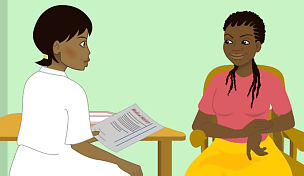
The lining of the womb (endometrium) becomes thin and stops bleeding.
This normally happens when a woman is in her late 40s or early 50s. In some women it can occur before this.
It can also cause hot sweats, changes in mood, difficulty sleeping and irritation around the vagina.
What causes postmenopausal bleeding?
After the menopause, it is abnormal to bleed from the vagina.
Postmenopausal bleeding includes:
- any bleeding from the vagina
- discharge that is stained pink or brown.
You should always see a doctor or healthcare worker if this has happened to you, even if it is just a small amount, has only happened once, or only occurs after having sex.
In the majority of cases, the cause of bleeding is nothing serious and is easy to treat. In a small number of women it can be a sign of cancer.
Cancer
Cancers that affect the neck of the womb (cervix), the lining of the womb (endometrium) or ovaries can cause bleeding. This may be the only sign of cancer. Cancer is much easier to treat if it is found early. This is why it is very important to get checked by a doctor or healthcare worker as soon as possible.
Other causes of postmenopausal bleeding
There are many other causes of bleeding after the menopause that are not due to cancer.
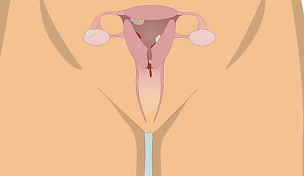
Other causes include:
- thinning of the skin leading to small cuts or tears (sometimes called atrophic vaginitis)
- infections
- growths of skin called polyps
- medications.
Atrophic vaginitis
A common cause for light bleeding is called atrophic vaginitis. This is due to small breaks in the skin of the vagina.
After the menopause, the vaginal skin becomes thin and is more delicate. This is due to loss of the hormone called estrogen. This makes the skin dry and sometimes sore.
If the skin becomes damaged or breaks down, it can bleed. This condition is very easily treated with vaginal lubricants or creams containing estrogen.
Infection
Infections can cause the skin around or inside the vagina to become irritated. This can cause bleeding, sometimes with discharge or a burning feeling when you pass urine.
Infections can usually be diagnosed by your doctor and treated with medication.
Polyps
Bleeding can also come from small growths of skin called polyps. They can grow in the neck of the womb (cervix) or inside the womb itself. Polyps are not cancerous and can usually be removed by your doctor. Sometimes you may need a minor surgical procedure to remove them.
Medications
There are also some medications that can cause vaginal bleeding. Medications that make you more likely to bleed (such as anticoagulants or 'blood thinners') can cause bleeding.
Some women take the hormones estrogen and progesterone to help them with the symptoms of menopause. Changes in your hormone levels can sometimes cause bleeding too, especially if you have recently changed to a different dose or medicine.
Unless your bleeding is heavy, you should not stop taking these until you have seen your doctor.
What to expect when you see your doctor
Anyone with bleeding after the menopause should be checked to find out why. This will involve an examination of your vagina and neck of the womb (cervix) using a speculum.
A speculum is a small device that is gently put into the vagina. This allows the healthcare worker to see the walls of the vagina and the neck of the womb (cervix). If it looks like there is infection, they might decide to take a swab. This examination can be a little uncomfortable but should not be painful.
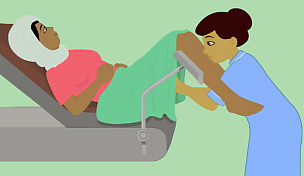
Your doctor may also decide to do an ultrasound scan. This allows them to see the inside of the womb. This is very safe and does not cause any pain. A small plastic probe is placed on the tummy or, more usually, into the vagina.
If there are any abnormalities seen during the examination or the ultrasound scan, your doctor will refer you for more tests. This will usually involve a biopsy.
Your doctor will decide which examinations and tests are right for you.
The majority of women with bleeding after the menopause can be treated very easily.
If you have been through the menopause and noticed bleeding from the vagina, it is important to get this checked. Arrange to see a doctor or healthcare worker as soon as possible to get checked.
The author of this POSTMENOPAUSAL BLEEDING program is:
- Dr David Rook, Liverpool Women's NHS Foundation Trust, UK
The Welfare of Women program has been created under the General Editorship of Dr Kate Lightly, University of Liverpool, UK and is overseen by an expert International Editorial Board
The publishing reference for this program is: DOI 10.3843/GLOWM.w10067
The Welfare of Women information program is an attempt to provide women everywhere with access to reliable information about key health issues that may be relevant to them. Information is offered at three separate levels which women may select according to their preferences; firstly, short video animations with voice commentary, secondly, more detailed text-based descriptions, and thirdly, links to recommended further reading. With the animated videos, women can also select the images that they feel most comfortable in viewing from a short range of very generalized and non-specific ethnicity options. Because of the special programming used, both the videos and the text information can – when authorized – be translated into any language in a simple and rapid manner.
Recommended links for more comprehensive and detailed reading
The following websites provide more comprehensive and extensive information on this topic, which is both reliable and strongly recommended for readers who want to learn more than the details provided above:
Royal College of Obstetricians and Gynaecologists Patient Information Leaflet: Post-menopausal bleeding
https://www.rcog.org.uk/media/fudc3zjl/pi-postmenopausal-bleeding-pmb-poster.pdf
Yale Medicine: detailed patient information leaflet: Post-Menopausal Bleeding
https://www.yalemedicine.org/conditions/postmenopausal-bleeding
The Royal Women's Hospital Patient Information Leaflet: Post-menopausal bleeding
https://www.thewomens.org.au/health-information/periods/periods-overview/bleeding-after-menopause
American College of Obstetricians and Gynaecologists Article: Bleeding After Menopause Could Be a Problem. Here's What to Know.
https://www.acog.org/womens-health/experts-and-stories/the-latest/bleeding-after-menopause-could-be-a-problem-heres-what-to-know#:~:text=Bleeding%20after%20menopause%20is%20not,
directly%20to%20your%20ob%2Dgyn.&text=Polyps%20also%20can%20cause%20vaginal,need%20surgery%20to%20remove%20them
NHS Choices Patient Information Leaflet: Postmenopausal bleeding
https://www.nhs.uk/conditions/post-menopausal-bleeding/
The Cleveland Clinic: Post-menopausal bleeding
https://my.clevelandclinic.org/health/diseases/21549-postmenopausal-bleeding
Resources the author(s) used in preparing this guidance
Online article:
Sung et al. Postmenopausal bleeding. [StatPerls 2022]
https://www.ncbi.nlm.nih.gov/books/NBK562188/
US Website:
Yale Medicine: Patient Information Leaflet: Post-Menopausal Bleeding
https://www.yalemedicine.org/conditions/postmenopausal-bleeding
UK Website:
NHS Choices Patient Information Leaflet: Post-menopausal bleeding
https://www.nhs.uk/conditions/post-menopausal-bleeding/

